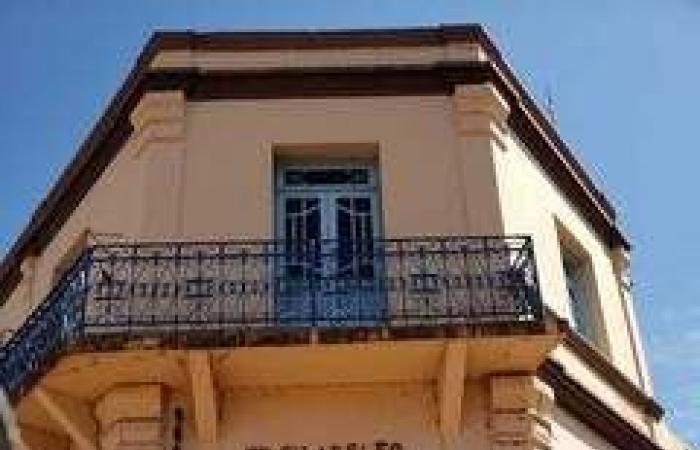Vivianne decided to invest in studies to show that development does not need to destroy
After studying a little bit of everything, architect Vivianne Maria de Freitas understood that there is a “magic” in turning to history and trying to rescue what is being lost over time in the architecture of cities. Swimming in a different current of professionals who focus only on contemporary projects, the professional argues that it is possible to maintain the cities’ identity with restorations and one of the challenges is to make this desire become increasingly common in Campo Grande so that history don’t get lost.
“I think what enchants me most about restoration is seeing the individuality of each building with techniques different from the usual ones, the care in every detail, the adornments, in addition to the history that each one carries with it”, describes the architect when introducing the subject. .
For her, this area requires extra attention, as actions cannot be carried out “automatically” and, as a result, the connection between professional and building becomes greater. “One earthen wall will never be the same as another. The earthen mortar of one house will never be the same as another and this awakens my curiosity with each project.”
In practice, Vivianne argues that restoration is a form of resistance to the standardization of life, moving away from projects with little authenticity.
I have always believed that life should be colorful, warm, happy, shaped according to each person, preserving our stories and our individuality. I think my biggest fear has always been looking at my projects and not being able to see a story in them, says the architect.
Observing the scenario in Campo Grande, she comments that the work really involves resistance, despite there being a growing interest in preservation. “We still have few professionals focused on this area in the city, which ends up reducing the reach of this type of project for people interested in restoring their homes.”
As part of the awareness process, she points out that it is necessary to change the thinking that the old cannot be useful, “we need to start seeing the old as a living part of history in our daily lives”.
Detailing about the beginning of her interest in the area, Vivianne explains that her first contact with restoration actions was during her graduation with an event about heritage preservation. “After this event, and because I was very interested and willing, Joelma Arguelho, one of those responsible for the event, which has become very important in my life since then, asked me to intern with her on the Costa Rica Museum project. . And since then I fell in love with the area of restoration and culture.”
And, for those interested in the recovery process, the architect comments that it all starts with study and research. “We are looking for historical documents and structural analyzes to obtain all possible information about the building. For example, date of construction, compliance with urban standards, construction technique, historical values, neighborhood, pathologies and analysis of the state of conservation”.
When the work is being carried out, new challenges appear, as the team also needs to be specialized in restoration. This is because, if the execution does not follow the appropriate standards and techniques, the entire project can go down the drain.
“In the execution stage of the work, we try to assemble the team with specialized people, who have some experience or even have an affinity in the area, understanding that it is a differentiated workforce. In restoration, each area of activity is important, for example, who works on traditional techniques such as masonry mortar, painting, wood finishes (frames, flooring, ornamental details, among others)”.
Today, without a company fully dedicated to this purpose, the team is built through referrals and by seeking out people who want to learn about the area.
Far from these ideas being something far from reality, she comments that her experience includes everything from restorations to public heritage sites to private houses, as is the case with the project in the Amambaí neighborhood, told by Side B (see here).
Between internships, studies and general actions, she describes how she worked on the restoration of the Coimbra Fort, in Corumbá, the Obelisk in Campo Grande, as well as the painting of Morada dos Baís. “I did some studies on the historic center of Ribas do Rio Pardo and also participated as a representative of Mato Grosso do Sul in the Forum of Entities in Defense of Brazilian Cultural Heritage”.
Another project was the Aquidauana Museum and, according to the architect, its focus continues to be on the area of restoration and culture.
Follow the Side B on Instagram @ladobcgoficial, Facebook and Twitter. Do you have an agenda to suggest? Send it on social media or Directo das Ruas via WhatsApp (67) 99669-9563 (call here).
Receive the main news from the State via WhatsApp. Click here to access the channel Campo Grande News and follow our social media.
Tags: Passionate restoration architect fights history survive Arquitetura
--





